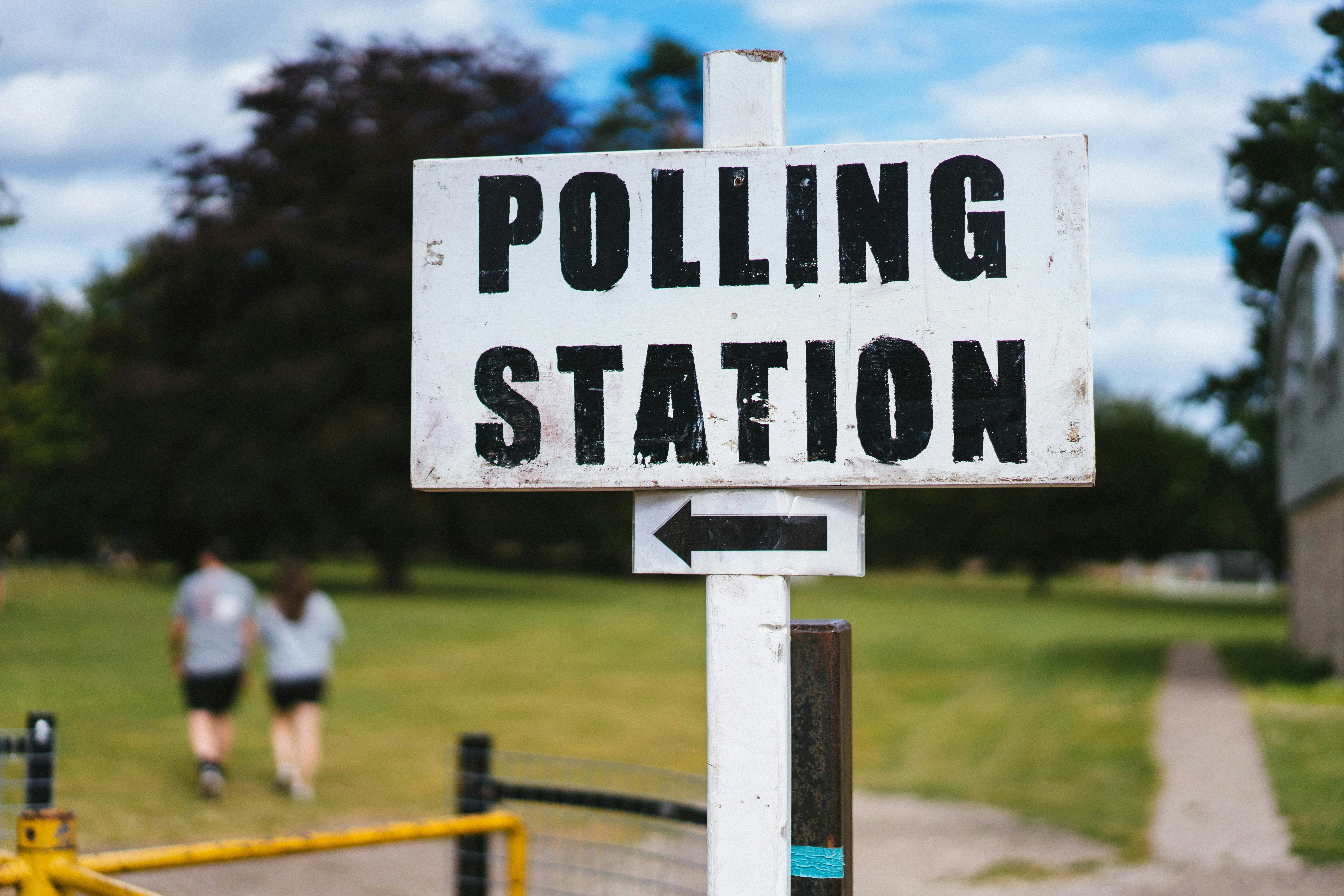
How Politicians Use Psychology To Sway Voters
Let's face it, without voters supporting them, politicians would be out of a job. To win or stay in office, they have to persuade people to vote for them. Below is a list of psychological biases that politicians (on both sides of the aisle) use to try and get your vote. Having the privilege to vote is important in any functioning democracy, and being aware of the ways that your vote can be swayed can make you a more informed voter.
1. Bandwagon Effect
The bandwagon effect is a cognitive bias where individuals adopt certain behaviors, styles, or attitudes simply because others are doing so. In the context of politics, this effect can be particularly powerful; when a candidate or policy gains visible popularity, more people are likely to support it, as it is preferrable to be on the winning side of an election rather than the losing side. Politicians often leverage this bias by showcasing endorsements, large crowds at rallies, or favorable poll numbers to create a sense of momentum and inevitability. This can lead to a self-reinforcing cycle where the perception of widespread support attracts even more followers, regardless of the underlying merits of the candidate or policy. By extension politicians try to make their opponent's popularity appear lower than it actually is, such as by highlighting unfavorable polls, underreporting crowd sizes at rallies, or by underreporting their opponent's campaign donation income.
2. False Consensus Effect
Related to the Bandwagon Effect, the False Consensus Effect occurs when people assume that their own beliefs are more common than they are in reality. Politicians capitalize on this bias by labeling their opponent's positions and policies as "extreme," or "radical," and their own policies as "common sense." By doing so, politicians make their own policies and positions appear obvious, sensible, and unambiguously correct so that voters will assume that they are the most widely supported policies and positions.
The false consensus effect also has roots in the manner in which social media and other news companies use and profit from user data such as search history and history of likes, comments, and subscriptions. When social media exploits the false consensus effect, it creates an "echo chamber" where a user is inundated with content that they appear to engage with. This creates an illusion that a user's views are drastically more prominent than they actually are. If 98% of what a social media or news consumer user encounters aligns with their own pre-established viewpoints, differing viewpoints become foreign, dangerous, "radical," and "fringe." Social media and traditional news companies should be aware of how their practices have the ability to radicalize consumers, and take appropriate measures to minimize this occurrence.
The false consensus effect can also explain the disbelief and skepticism that certain supporters may have about the results of an election, even though there is no actual evidence of fraud or foul play. For example, if supporters of one candidate genuinely believe that the vast majority of the country supports their candidate (and only extremists, and radicals support the other candidate), hearing the results of an election that contradicts this belief can be unsettling and make certain individuals conclude that the only way their candidate could have lost is by some criminal or illegal means. Again, social media and traditional media are uniquely positioned to introduce radicalized supporters on both sides to information that gently contradicts their views to minimize the false consensus effect.
3. Anchoring Effect
The anchoring effect is a cognitive bias where individuals rely heavily on the first piece of information they receive (the "anchor") when making decisions, even if that information is irrelevant or misleading. In the realm of politics, this can be a powerful tool for persuasion. For example, when a politician introduces a policy proposal with an initial high or low figure ("We inherited a mess!"), that number sets a mental benchmark for voters. Subsequent discussions and evaluations of the policy are then influenced by this initial anchor, making it difficult for voters to objectively assess the proposal based on its actual merits. By strategically setting these anchors, politicians can shape public perception and steer the conversation in a direction that favors their agenda.
4. Halo Effect
The Halo Effect occurs when a positive (or negative) impression about one aspect of a candidate causes a person to view unrelated aspects of a candidate in the same light. For example, if a politician is attractive, a good speaker, or good debater, people are more likely to believe that they have good leadership qualities and vote for them even though looks, speaking, and debating abilities are unrelated to leadership capacity.
5. Good Ol' Days Effect
The Good Ol' Days effect happens when a person recalls something from the past, and overemphasizes its positive aspects while underemphasizing its negative aspects ("Make America Great Again"). When politicians exploit the Good Ol' Days effect, they invite potential voters to "reminisce" about an idealized and sanitized past, and suggest that such a reality is possible under their leadership. In reality, people tend to be poor at recalling a nuanced and balanced version of the distant past and tend to recall general themes and feelings rather than specifics and facts. The Good Ol' Days effect prevents us from recognizing that not all aspects of the past were positive and desirable.
Now that you are aware of at least some of the ways politicians use cognitive biases to sway voting decisions, can can be a more informed and more confident voter.

